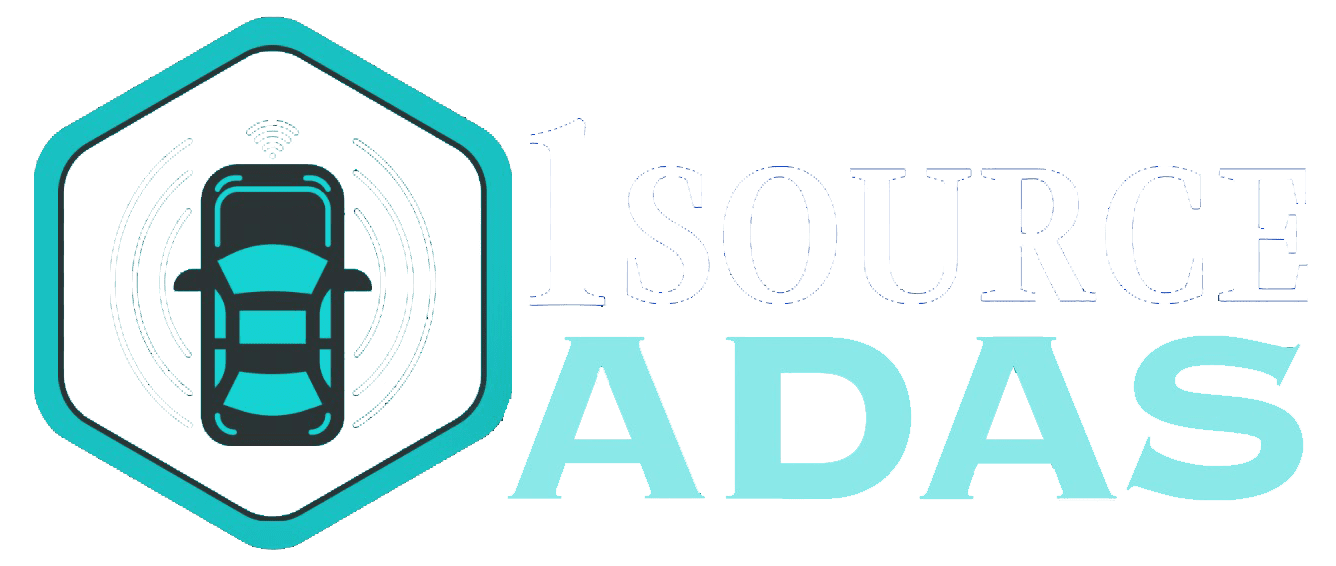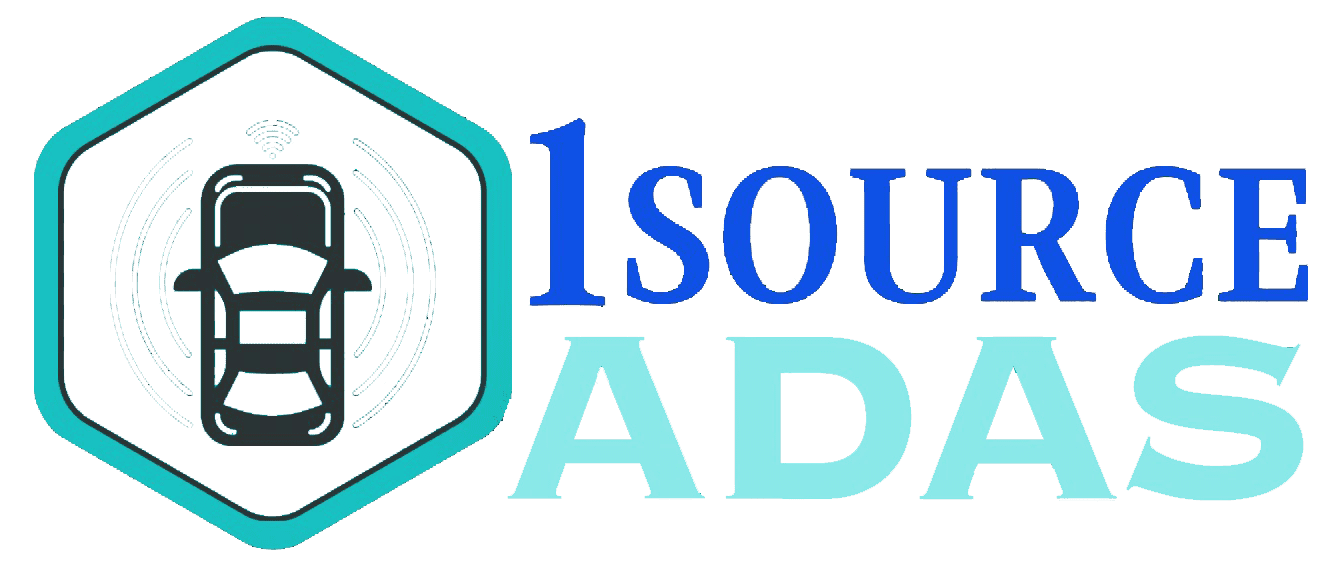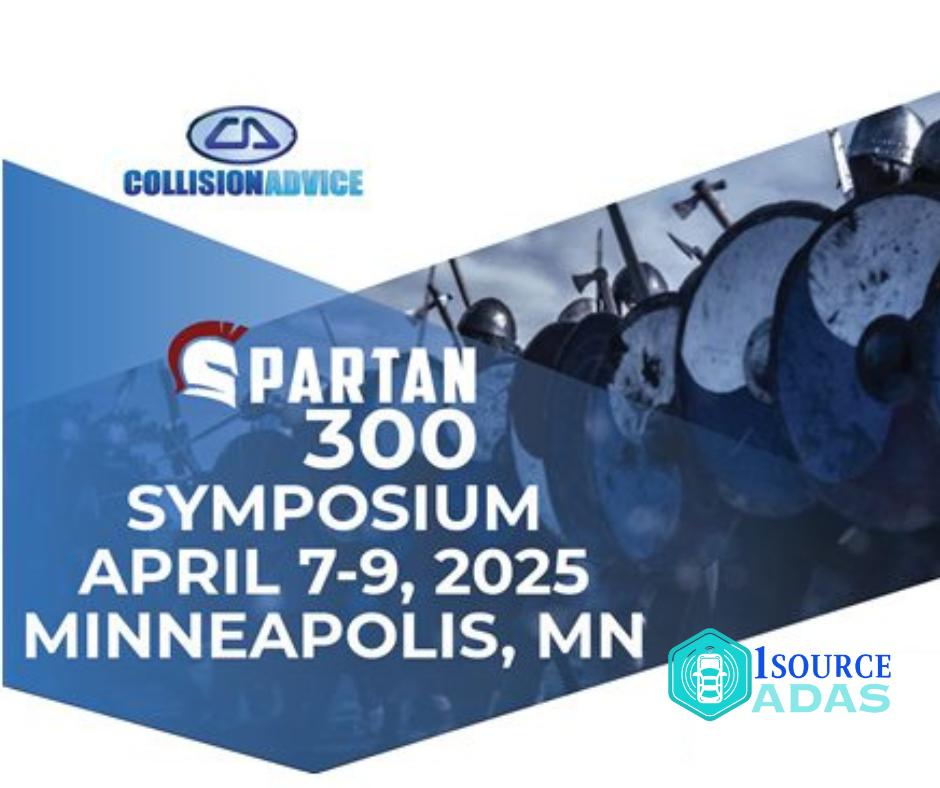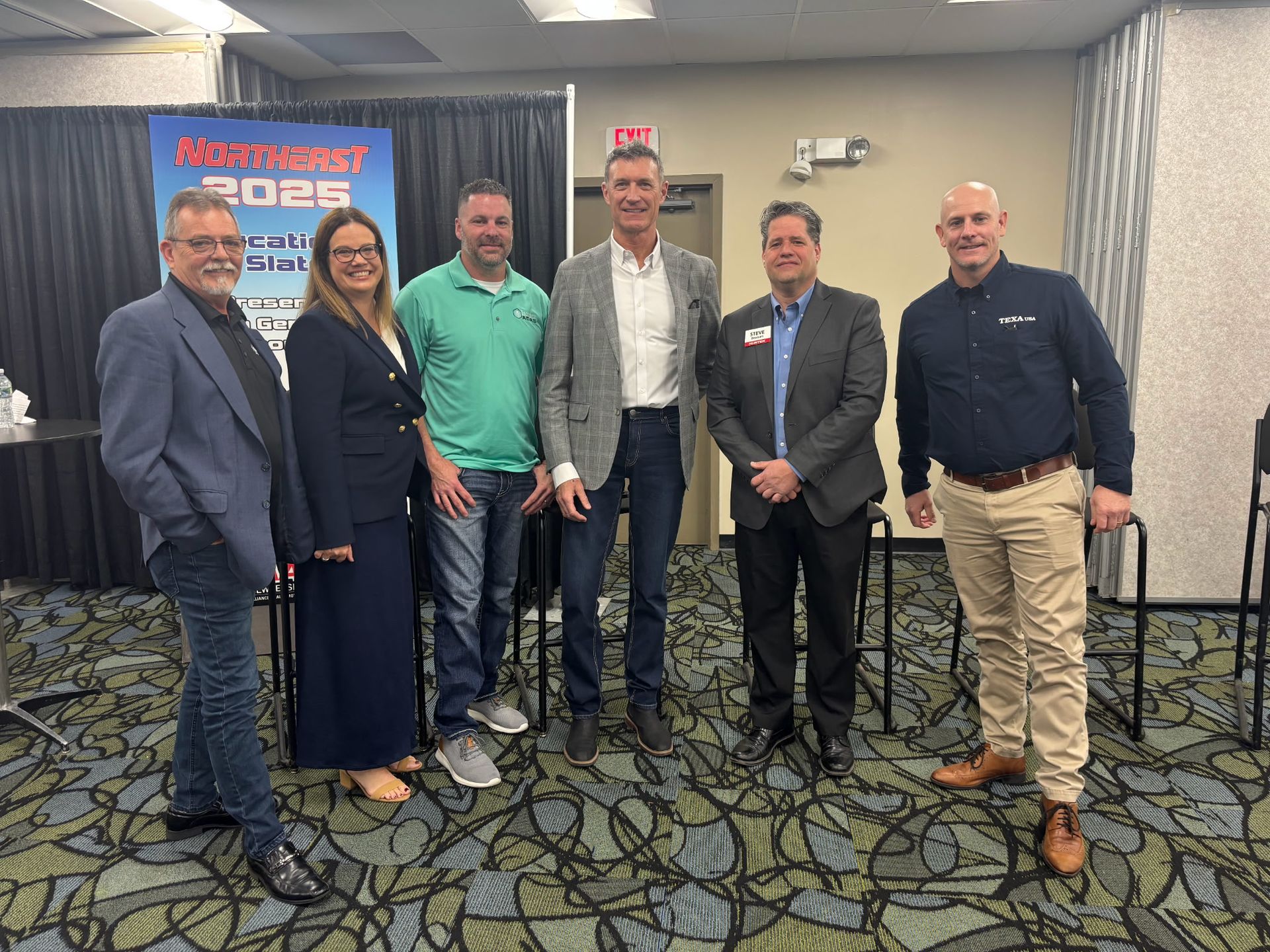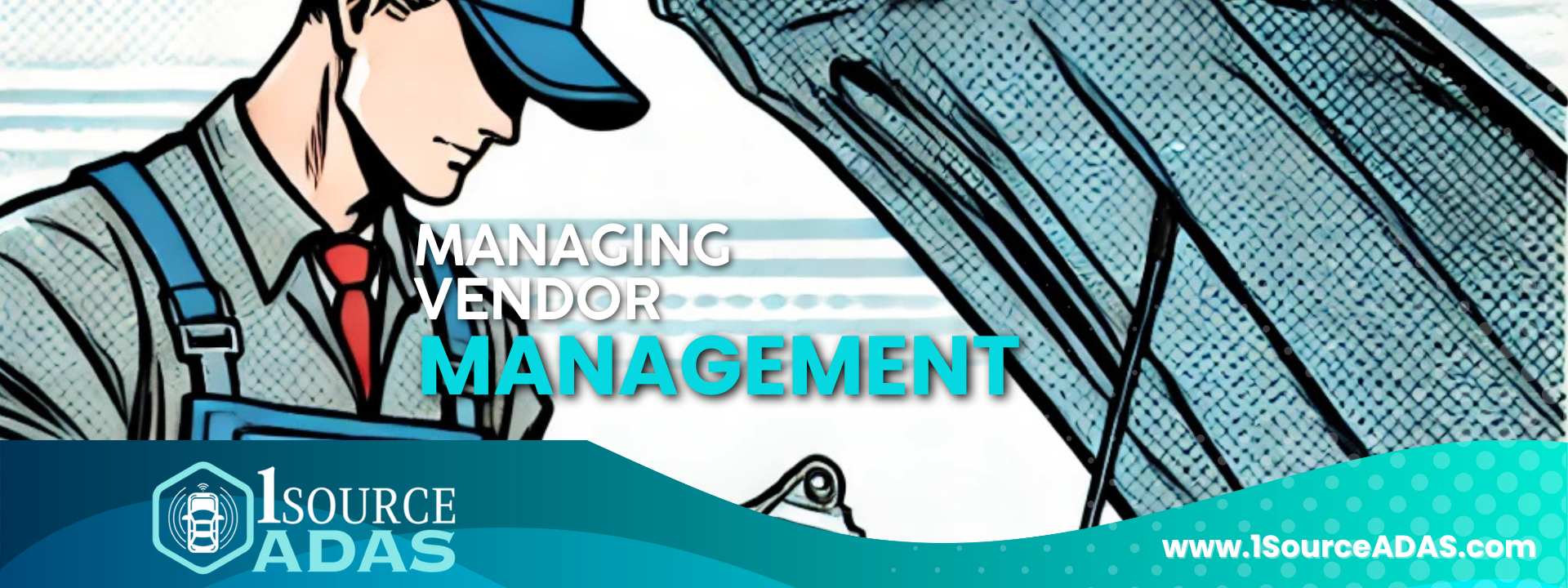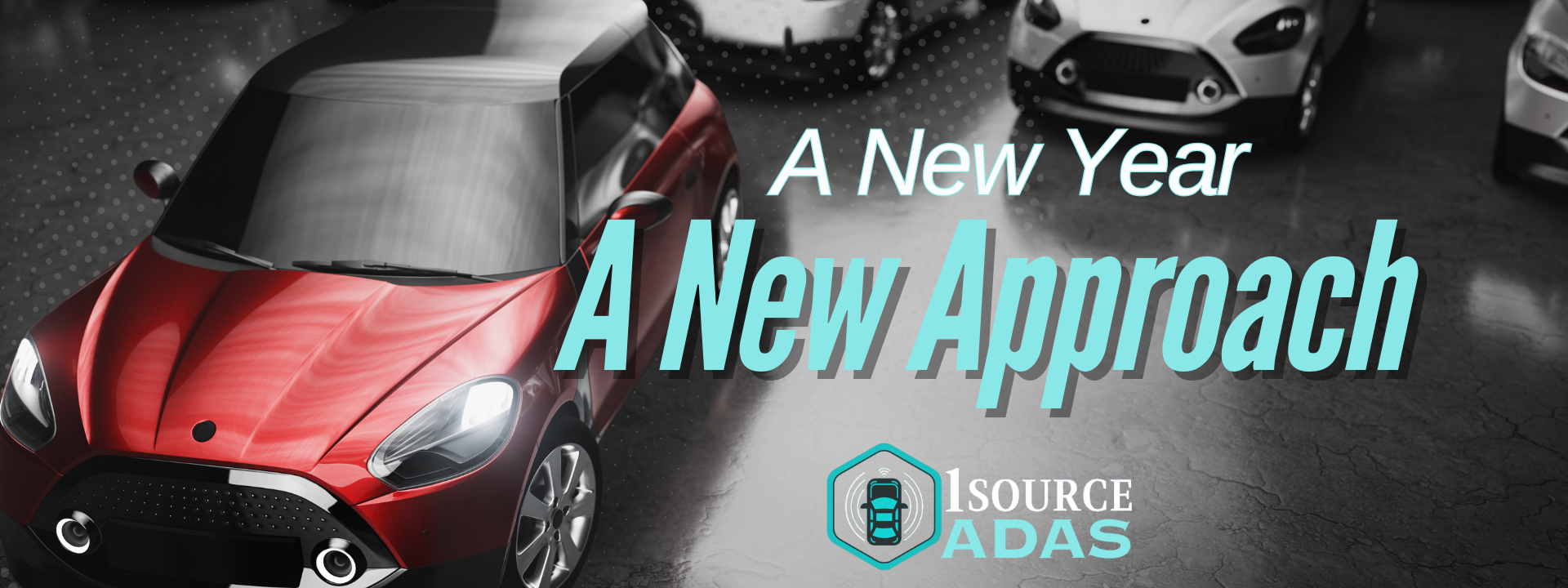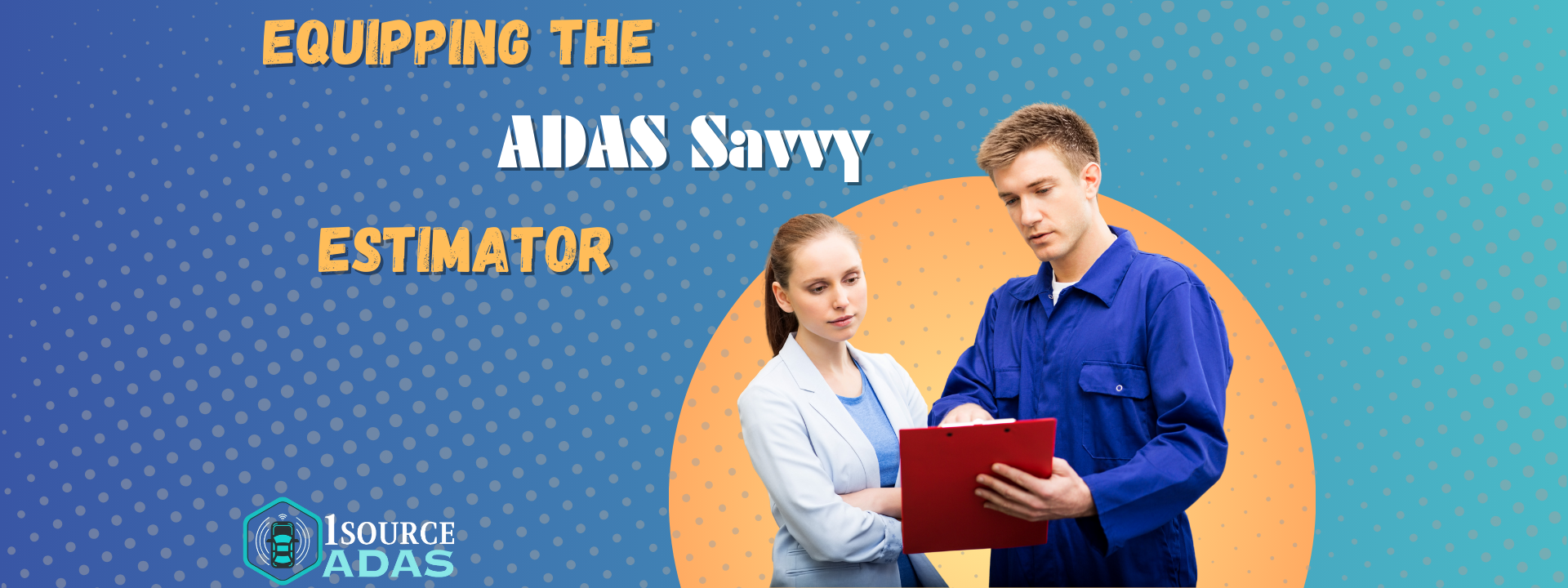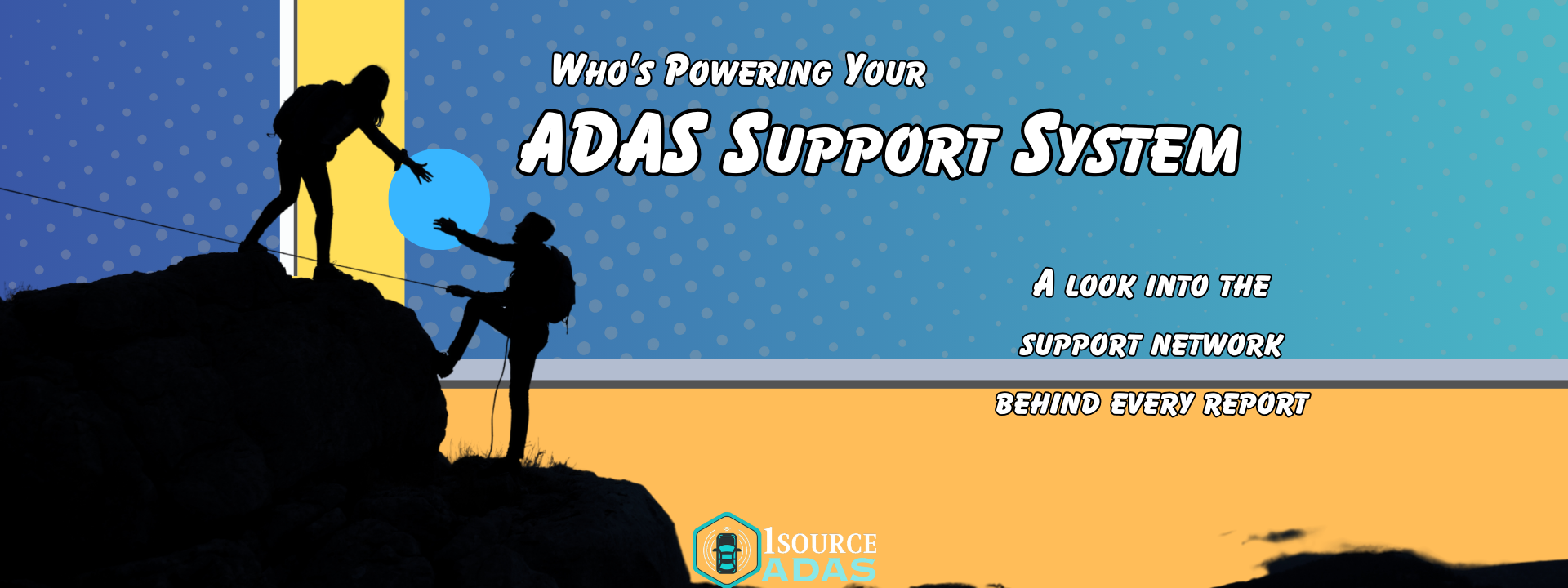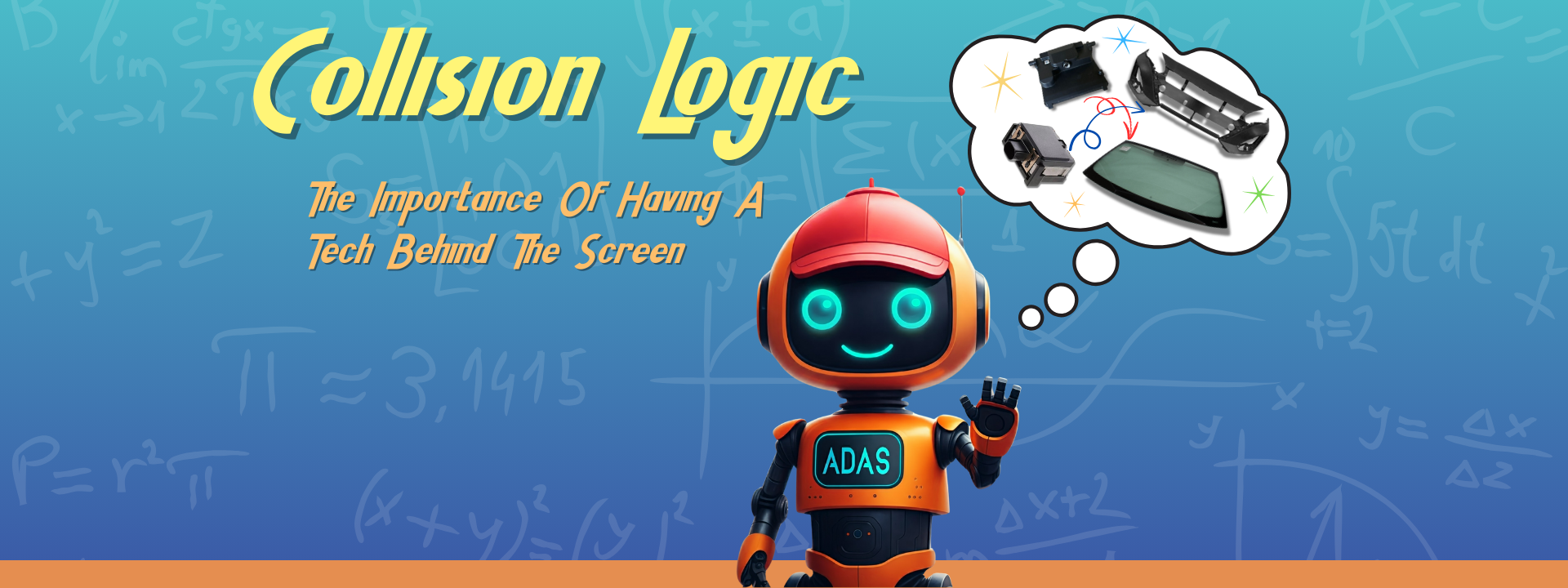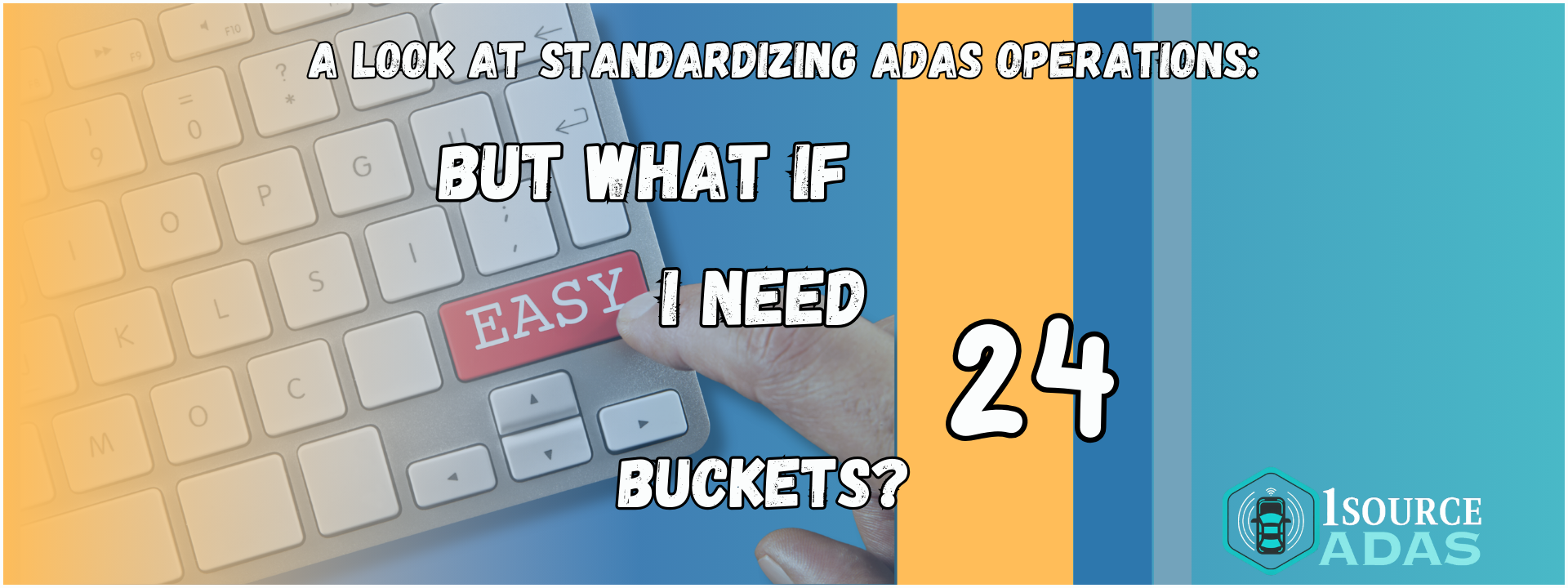Contact@1sourceADAS.com
Winter weather conditions can impact the performance ADAS systems.
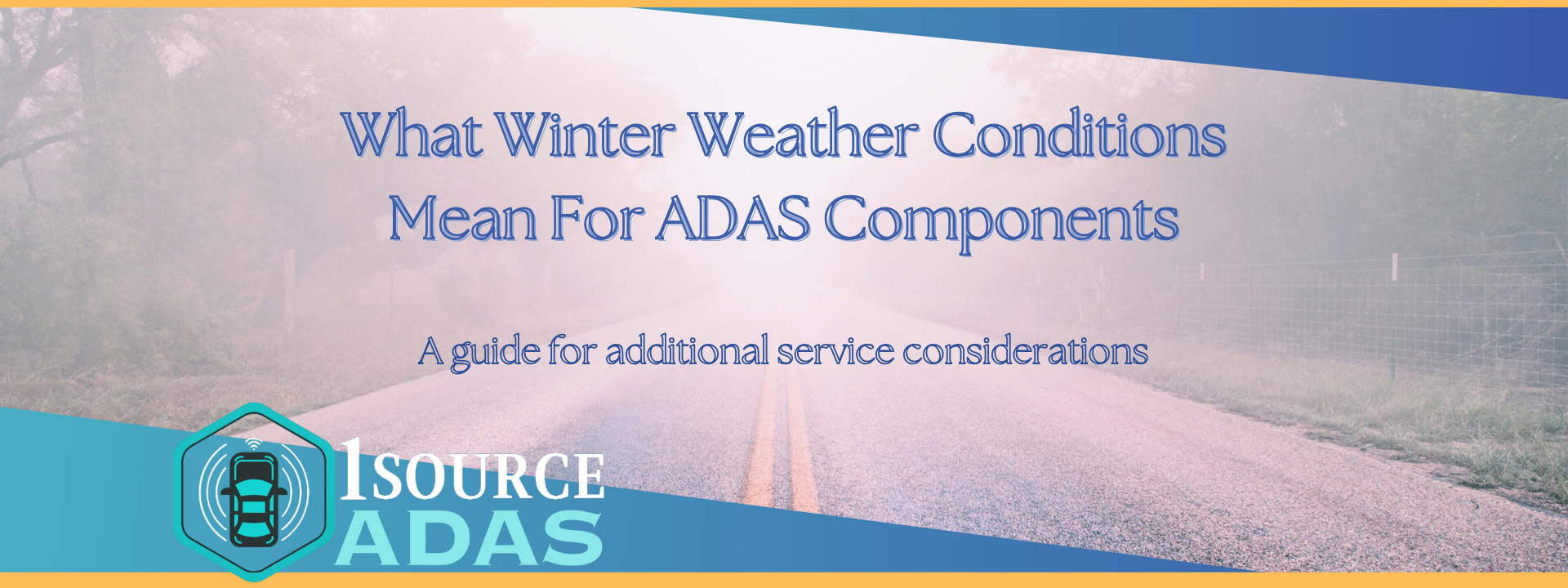
Winter brings a unique set of challenges to the collision repair industry. Icy roads, increased accidents, and the complexities of ADAS require shops to be extra vigilant. Malfunctioning ADAS features in winter weather can lead to serious safety hazards, making it crucial for shops to understand these technologies and take proactive steps to ensure their customers' safety.
As vehicles increasingly rely on ADAS systems, shops must understand how winter weather can impact these technologies and what steps they can take to ensure their customers' safety. While calibration procedures remain the same, winter can create less than favorable conditions for optimal function.
Winter Weather Throws a Wrench in ADAS
Think of ADAS sensors as a vehicle's eyes and ears. But when snow, ice, and slush cover those "eyes," things can get a little blurry. While this can also occur under normal driving conditions, salt and snow tend to be better at accumulating than standard road grime and dirt. This can lead to malfunctioning features like lane-keeping assist, adaptive cruise control, and automatic emergency braking.
Like human drivers, ADAS can struggle to see clearly in fog, heavy snow, or when the sun glares off icy surfaces. This reduced visibility can affect features that rely on accurate distance and speed measurements, such as adaptive cruise control and pedestrian detection.
Poor weather conditions can trick ADAS into seeing things that aren't there or lower object ID accuracy. Snowdrifts might be mistaken for obstacles, leading to unnecessary braking or swerving. Road markings can become obscured, preventing systems from making appropriate lane corrections.
Educating customers on these points can help prevent accidents in the future. Knowing these things in advance also helps when it comes to ADAS troubleshooting. No calibration can overcome a sensor obscured by road salt or ice.
ADAS Features Most Affected by the Cold
While winter conditions can impact all ADAS features, some are particularly susceptible. Here's what shops should be aware of when servicing these systems during the winter months:
Lane-keeping assist/lane departure warning systems rely on a clear view of the road ahead. Their proper operation relies on being able to see objects and road markings clearly. In winter, snow, ice, or even road grime can obscure these markings, leading to false or missed warnings. Ensure the area over the camera lens is clean and free of snow, ice, or grime buildup before any service to avoid a false positive on a scan.
Adaptive cruise control uses sensors to maintain a safe following distance. Poor conditions can interfere with these sensors, causing erratic braking or unintended acceleration. Inspect the radar sensors behind the front grille or bumper for any damage, blockage, or misalignment. Ensure the area around the sensors is clear of snow, ice, and debris.
Automatic emergency braking is a critical safety feature that detects potential collisions and automatically applies the brakes. In winter weather, impaired sensor function can lead to delayed braking and missed detection. In poor conditions, the system might fail to detect obstacles altogether, increasing the risk of a collision.
Blind spot monitors and ultrasonic parking sensors are mounted low on the vehicle in areas prone to debris accumulation. Even a thin coating of ice can degrade the components' detection capabilities and cause warnings to be sounded late. Ensuring bumpers are clean and clear of ice and salt buildup will allow for normal function in most conditions.
What Collision Repair Shops Need to Know
Just a few extra steps can help educate customers and keep service moving along as normal. Here's a few things shops can do to help ensure their customers stay safe on the roads:
Thorough Inspections: When a vehicle comes in for repair, especially after an incident in winter weather, carefully inspect all ADAS sensors and cameras for damage, misalignment, or obstruction.
Calibration is Key: Even minor impacts can affect ADAS sensor alignment. Always perform proper calibration procedures after any repair that might have impacted these systems. This is a good rule, rain or shine.
Educate Customers: Explain to customers how winter weather can affect ADAS functionality and emphasize the importance of remaining vigilant and not solely relying on these systems.
Winter Car Care Advice: Offer tips on winter car care, including regularly cleaning sensors and cameras to remove snow, ice, and road salt buildup.
Stay Updated: Keep up-to-date with the latest ADAS technologies and best practices for servicing these systems in winter conditions.
Turning Winter Challenges into Opportunities
Winter weather might present challenges, but it also offers opportunities for collision repair shops to demonstrate their expertise and provide valuable services to their customers. By staying informed, investing in the right tools and training, and prioritizing customer education, shops can navigate the winter season successfully and ensure their customers stay safe on the roads, no matter the weather.
Improperly calibrated ADAS systems are one of the leading causes of customer returns. They also pose a risk to the driver, creating a liability situation for facilities that have previously serviced the vehicle.
One way to stay ahead of the ADAS curve is to deploy the 1Source ADAS platform in your facility. Our system examines the repair estimate for operations that trigger needed calibrations and safety inspections. We include any required pre-calibration operations, such as alignments and full fuel tanks. This data is then built into a report detailing all the required operations and what line on the estimate triggered the need. Each report has direct links to position statements, requirement pages, and procedure pages, ensuring you have all the necessary data to complete the operations correctly.
With no minimums or contracts, the 1Source ADAS platform is there when you need it and is simple to use. With industry-leading accuracy and support, you can count on 1Source ADAS to be your partner in making appropriate ADAS service recommendations. Try the 1Source ADAS platform out for free for seven days by visiting
http://1sourceadas.com.
1 Source ADAS, based in Longview, Texas, is a leading provider of ADAS calibration software and solutions, expertly designed to support automotive professionals. Our technology ensures the highest safety and performance standards by delivering precise calibration and detailed reporting for all ADAS-equipped vehicles.
OFFICE HOURS
- Monday
- -
- Tuesday
- -
- Wednesday
- -
- Thursday
- -
- Friday
- -
- Saturday
- Closed
- Sunday
- Closed
GET INDUSTRY UPDATES
Get updates on the software, industry news, and tips!
©2023 - 2025 1 Source ADAS. All rights reserved.
